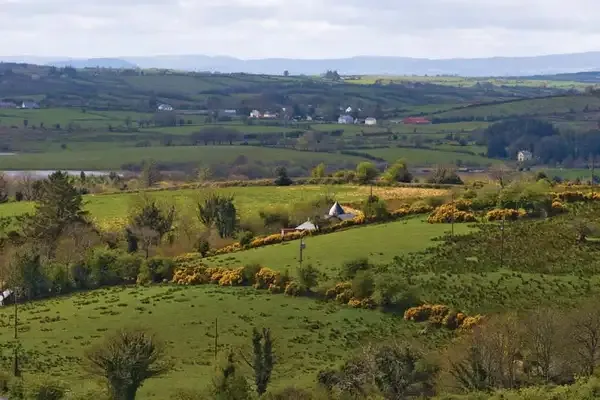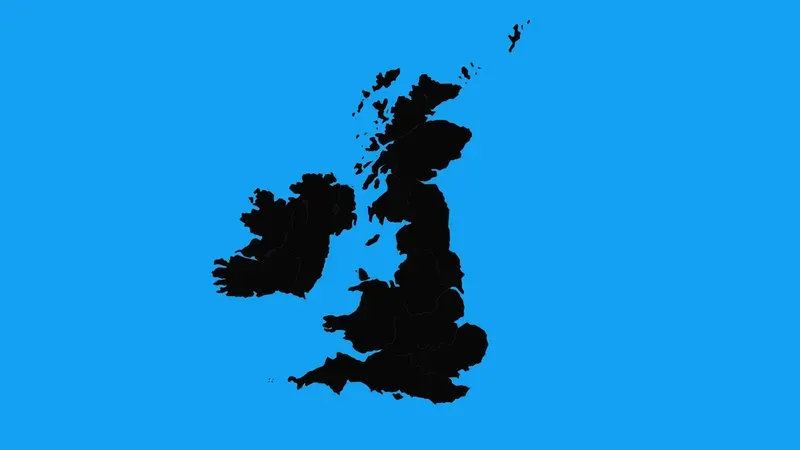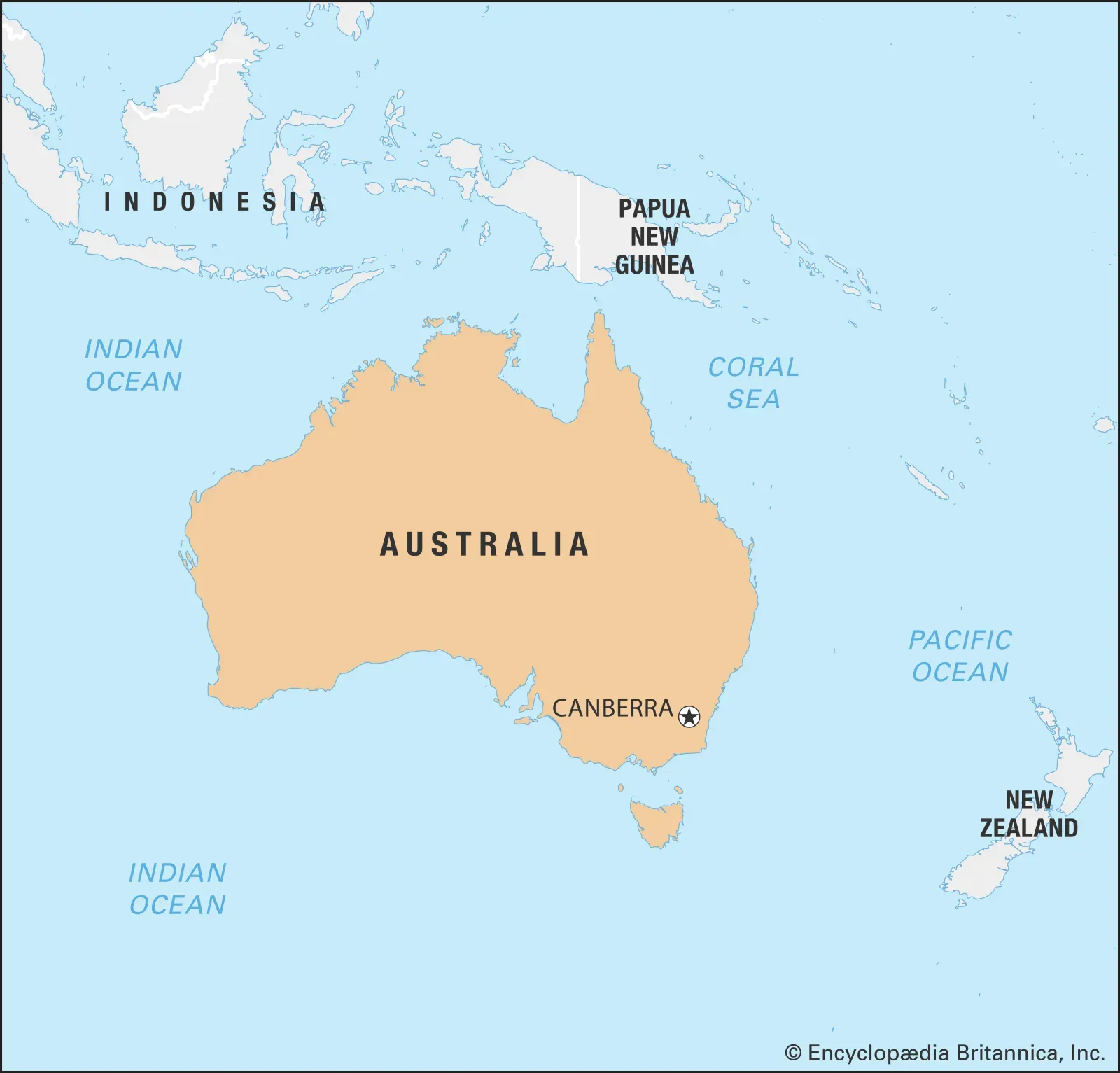Who Founded Chicago?
Chicago was founded in the late 18th century by Jean Baptiste Point du Sable, a trader of African and French descent. He established a settlement at the mouth of the Chicago River in the 1780s, where he built a prosperous trading post. Du Sable is recognized as the city's first permanent, non-native settler and is often referred to as the "Founder of Chicago." His settlement laid the groundwork for Chicago's development into a major urban center.

The Founding of Chicago
Chicago, one of the largest cities in the United States, has a rich history that dates back to the early 19th century. The city was officially founded in 1833, but its roots can be traced back to the Native American tribes that inhabited the region long before European settlers arrived. The name "Chicago" itself is derived from a Native American word for "wild onion" or "garlic." This article explores the key figures and events that contributed to the founding of this iconic city.
Key Figures in the Founding of Chicago
The founding of Chicago can be attributed to several influential individuals. Below is a chart highlighting these key figures:
| Name | Contribution | Year |
|---|---|---|
| Jean Baptiste Point du Sable | First permanent settler and trader in the area | 1779 |
| William Ogden | First mayor of Chicago and influential in its development | 1837 |
| James Thompson | Surveyor who laid out the original city plan | 1830 |
Jean Baptiste Point du Sable is recognized as the first permanent settler in Chicago, arriving in the late 18th century. He established a trading post near the Chicago River, which became a crucial point for trade between Native Americans and European settlers. His contributions laid the groundwork for what would eventually become the bustling city of Chicago.
The Growth of Chicago
Following its founding, Chicago experienced rapid growth due to its strategic location. The city sits at the confluence of several major transportation routes, including the Great Lakes and the Mississippi River. The establishment of the Illinois and Michigan Canal in 1848 further solidified Chicago's role as a vital transportation hub, linking the Great Lakes to the Gulf of Mexico.
The population of Chicago skyrocketed during the mid-19th century, fueled by an influx of immigrants seeking opportunities in the burgeoning city. The diverse communities that formed during this period contributed to the rich cultural fabric of Chicago, making it a melting pot of traditions and ideas.
The Role of Transportation
Transportation played a pivotal role in the development of Chicago. The city's railroads and waterways facilitated the movement of goods and people, enabling businesses to thrive. This transportation network not only supported local commerce but also connected Chicago to national markets. By the late 1800s, Chicago had become one of the leading industrial cities in the United States.
As the city grew, so did its infrastructure. The construction of iconic buildings, bridges, and parks transformed Chicago into a modern urban center. The city’s architecture is renowned worldwide, showcasing a blend of styles and innovations that reflect its dynamic history.
Cultural Contributions
Chicago's cultural contributions cannot be overstated. The city has been a birthplace for many artistic movements, including the Chicago School of Architecture, which revolutionized the design of skyscrapers. Furthermore, Chicago is famous for its contributions to music, particularly jazz and blues, which have influenced countless artists and genres across the globe.
Notably, the Chicago World's Fair of 1893 showcased the city's advancements and drew millions of visitors from around the world. This event not only highlighted Chicago's architectural prowess but also solidified its status as a cultural epicenter.
Challenges and Resilience
Despite its rapid growth and development, Chicago faced numerous challenges throughout its history. The Great Chicago Fire of 1871 devastated much of the city, destroying thousands of buildings and displacing countless residents. However, the resilience of the people of Chicago shone through as they rebuilt the city, leading to innovative architectural designs and urban planning.
In the years that followed, Chicago continued to grow and adapt, becoming a vibrant city that embraced change while honoring its history. Today, Chicago stands as a testament to the vision of its founders and the hard work of its residents.
Conclusion
The founding of Chicago is a story of vision, resilience, and cultural richness. From the initial settlement by Jean Baptiste Point du Sable to the dynamic city we know today, Chicago's history is intertwined with the contributions of many individuals and communities. Understanding the origins of this great city enhances our appreciation for its diverse heritage and ongoing evolution.
As Chicago continues to thrive and evolve, it remains a vital part of America's landscape, a city that honors its past while looking forward to the future. Those interested in exploring Chicago's history can do so through various museums and historical sites that celebrate the city's founding and its remarkable journey over the years.












